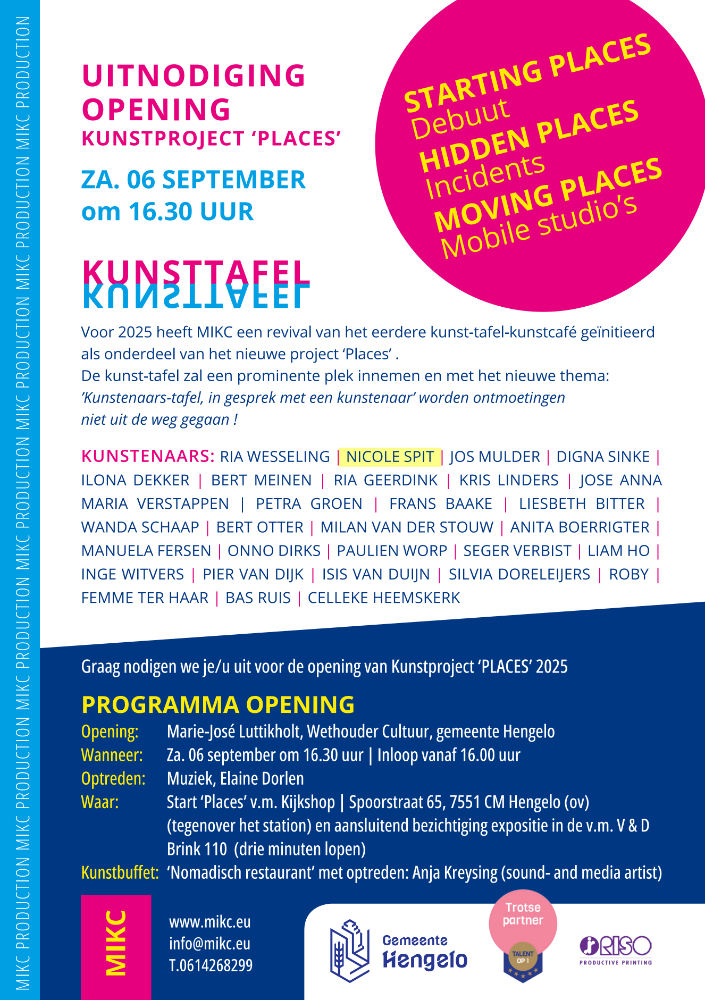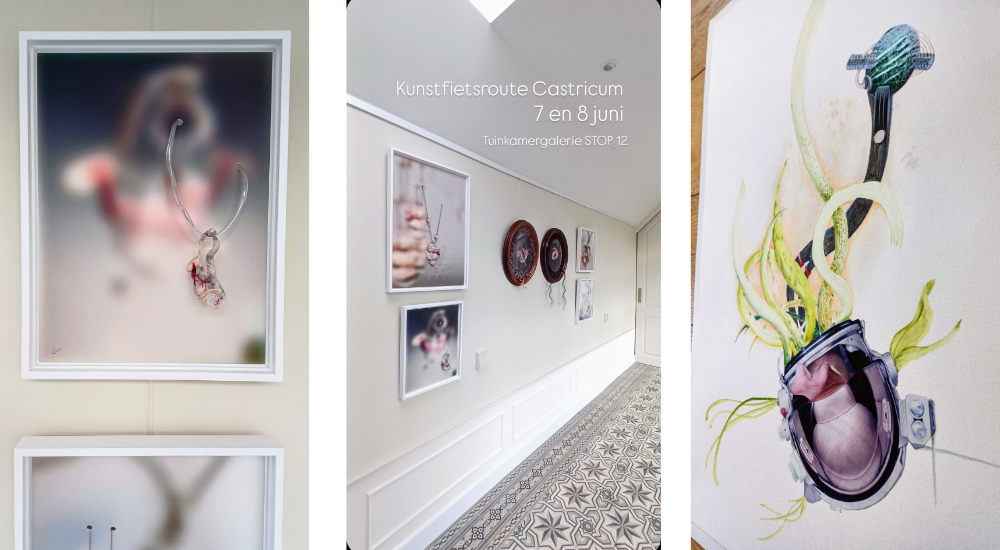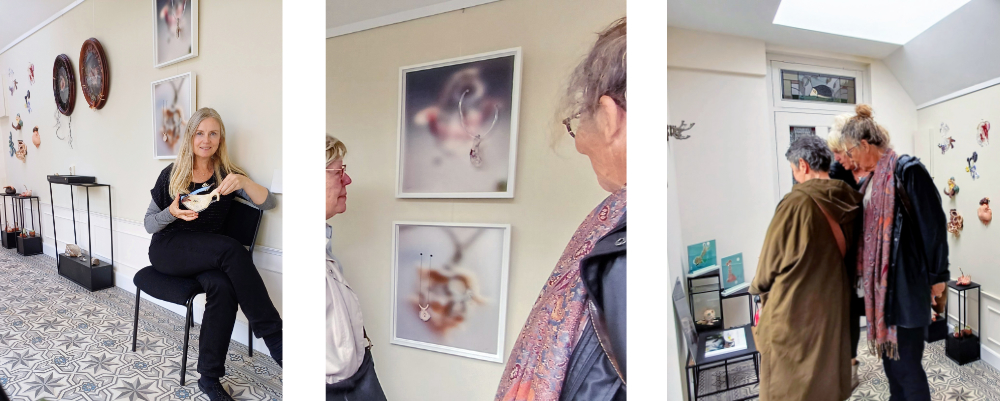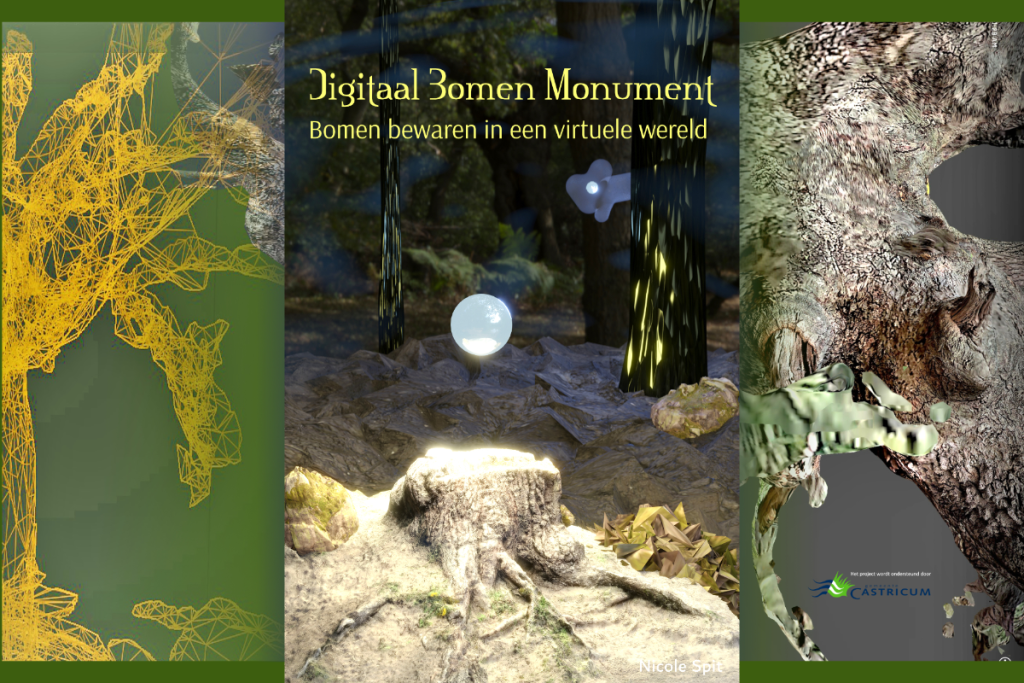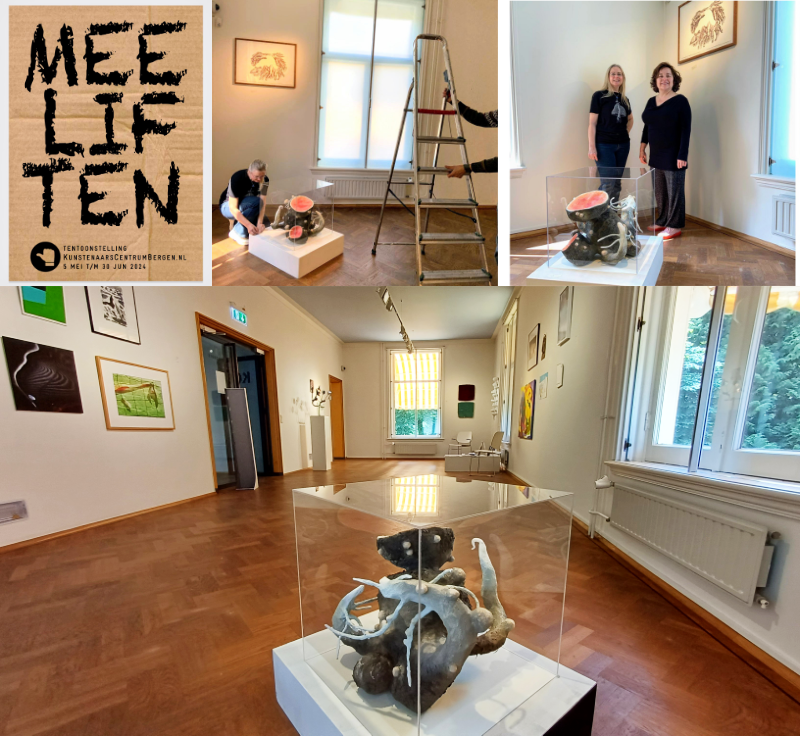Vanaf 7 september is de tentoonstelling ‘Terra incognita’ te zien in villa Kranenburgh in Bergen t/m 2 november 2025.
De nieuwe tentoonstelling van het KunstenaarsCentrumBergen – KCB is getiteld ‘Terra incognita’.
‘Terra Incognita‘ als thema kan zeer ruim worden opgevat, kunstwerken waar een eigen
ongekende of onbekende wereld zichtbaar, voelbaar, hoorbaar is
gemaakt. Inzoomen op onze aarde op micro niveau, waar in aardlagen
onbekende organismen of structuren voorkomen, chaotisch of geordend.
Landschappen, desolaat of volgebouwd. Of, het andere uiterste, zicht
op het heelal, onbekende werelden, een multidimensionaal denkbeeldig
universum.
Mijn kunstwerken in de tentoonstelling
‘Steeds meer bomen verdwijnen door kap of bosbranden of door een andere kijk op natuurbehoud. Bomen kunnen we helaas niet, zoals bij stenen monumenten, restaureren. Kunnen we monumentale bomen wellicht behouden door ze digitaal op te slaan in Virtual Reality?
Bij het ‘Digitale Bomen Monument’, een project van Nicole Spit, worden karakteristieke oude bomen gedigitaliseerd door fotogrammetrie en 3D-software, waarna ze bewaard worden in een virtuele droomomgeving. De vervreemding die ontstaat door de kenmerkende ‘vertaalfouten’ van de fotogrammetrie en kenmerken van de 3d software techniek (bijvoorbeeld de driehoekvormen en missende stukken) zijn onderdeel van het gevoel van synthetische natuur wat Nicole met de kunstwerken op wil roepen. Bij ‘De Stronk’ staat de ziel van de boom en bij ‘de Communicator’ staat het contact met het mycelium netwerk in de grond, centraal.’
Bij de tentoonstelling is tevens het ‘Digitaal Bomen Monument boek‘ te verkrijgen met een inkijkje in het proces.
Tip: bekijk de extra toegevoegde AR animatielaag, door de gratis app te downloaden, deze op je telefoon te openen en op deze kunstwerken te richten!

De tentoonstellingen van het KunstenaarCentrumBergen | KCB zijn te zien in de huidige expositie-ruimte op de eerste etage (trap) van Museum Kranenburgh.
KunstenaarsCentrumBergen | KCB
Hoflaan 26
1861 CR Bergen NH
Openingstijden:
Dagelijks 10:30 uur – 17:00 uur
maandag gesloten


